When I began the journey to find a nature based education curriculum to calm my classroom I stumbled upon magic- even if I didn’t know it at first! While searching I found a more inclusive classroom design, I came across many ideas that seemed more feasible for homeschools and small centers. However, the task became daunting when it came to incorporating those ideas into a traditional program of 25+ students in a public setting.
Instead of falling into the fear of the unknown or falling back on what I had always done, I decided a change was necessary. If you feel like you are being pushed to do more, change your norm, or even just need a new view, it may be time to look deep and make the change.
I believe in you, I believe that what works for you may not work for someone else in a different facility or school. Understand that sometimes all you need to reignite your passion for teaching is one small change away from our safety net.
I am going to show a few of the reasons you may want to include a nature based education curriculum as your new norm.
Language Arts in the Early Years (literacy, letter of the week)
Way back when I first started teaching literacy the norm was to focus on a single letter each week to gain phonemic awareness skills. Literacy in the TK classroom was a self-contained academic concept that was taught in a closely monitored bubble.
I found TK literacy programs that focused on teaching how the letters were constructed. Plus literacy programs that encouraged learning only sight words and others that focused strictly on teaching phonics. All of this research led me to a combined approach of whole language.
And yes I know, this is a touchy subject in itself. The science of reading is a closely monitored group of educators who understand the importance of teaching reading in a strategic way. However, in TK, a structured approach to anything can leave both the learners and the educator exhausted and frustrated.
Rather than focusing on sounds and letters as a single individual piece, I began to teach literacy the way my TK students learn. Focusing on letters, plus their sounds, and some sight words, every day, ALL DAY!
Connecting play and standards (lost art of play, college readiness, writing journals)
Striving to create a completely different curriculum than what students will see in Kindergarten, and is completely cohesive and supportive of Kinder curriculum, is the ultimate goal. Emergent learning is when students engage in concepts that are developed in the spur of the moment. Not designed years ago by administrators or curriculum companies.
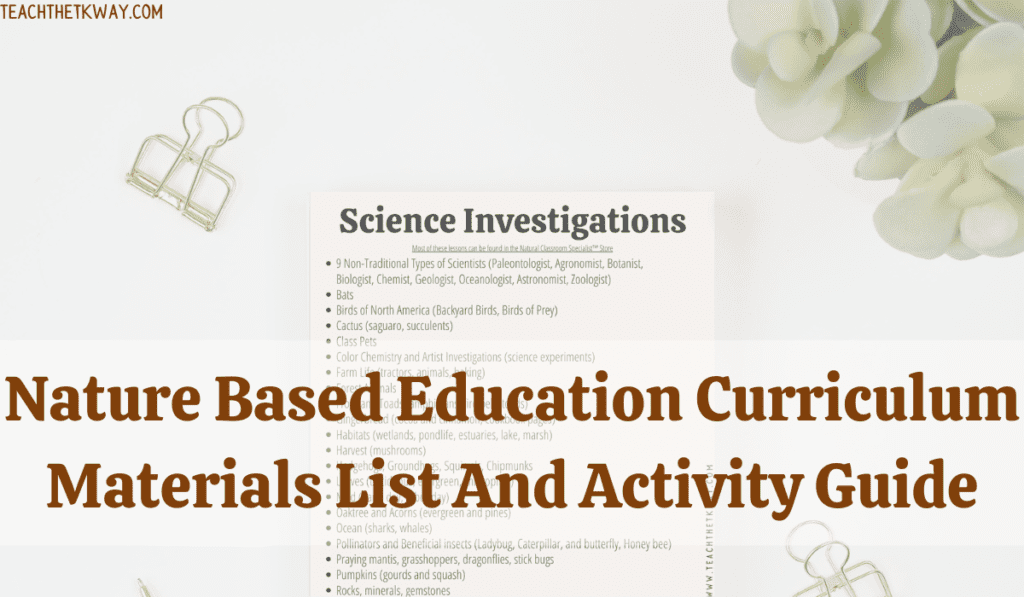
This is the style of teaching and learning you will see over and over again here at Teach The TK Way! Where administrators and parents will not be able to see the difference between play-based and standards-based learning. It’s time we started bringin back ha hands on approach to learning to overcome the play deficit.
Art (investigations)
The one thing I have noticed with every artist investigation is the pride that comes from studying art, artwork, and real artists. We discuss intellectual property, creativity and patience, and trial and error. So many great life skills happen naturally while working with a ball of clay or a palette of paint.
- Pots of Paint in many colors
- Watercolors
- Crayons, Markers, colored pencils
- Stamps, stencils, stamp pads
- Paintbrushes, q-tips, natural brushes
- Glue (many varieties)
- Scissors, hole punches, staplers
- Paper (many varieties)
- Clay or playdough
Behavior Management
The truth is we work with children- without a doubt, they can be unpredictable, and downright human. As educators, it is our responsibility to meet the students where they are and help them manage their emotions, behaviors, and feelings.
We can talk about soft skills, or social and character skills all we want. We can even read stories about characters that exhibit them. But creating a classroom environment with time and space for “living” them goes a whole lot further!
When the classroom space is covered in bright colors and paper cutouts the visual overwhelm can become too much for many students. Instead, have the mindset that the classroom design is causing the challenges not the students and their behaviors.
Outdoor Learning Spaces
Creating an entirely outdoor learning space is as easy as gathering loose parts and finding a place to store them.
Outdoor Learning Activities:
- Butterfly Feeder
- Sun Catchers
- Nest Investigations
- Stick Maze
- Bridge Building Competition
- Sand Castle Measuring
- Solar Oven (Smores)
- Leaf Matching
- Soil Investigations
- Weather Prediction
- Plant Specimen Investigation
- Shadow Investigation
- Catapult Construction
- Balance
- Sink And Float
School Gardens (butterfly, edible)
One benefit of a school garden is the fact that all teaching subjects can be taught outside. Whatever subject you teach you can do it in the garden! Students behavior improves when moving around instead of being desk-bound. It is the next benefit of a school garden.
Creating a science curriculum was as easy as wandering around the outdoor learning space and observing new creatures that visited our school garden. Over the years the edible school gardens have consisted of an ABC garden, where the plants all began with a specific letter of the alphabet. Even a winter edible garden, where we grew cabbage, Brussels sprouts, spinach, celery, and other leafy greens.
Although I created my garden spaces with student learning outcomes in mind, gardening is a great project for children (and adults) of any age.
Nature Based and Environmental Holidays (Earth Day, Arbor Day)
Consequently, as a Natural Classroom Specialist you know I couldn’t let Earth Day, Arbor Day, Gardening Day, Bird Watching Day, National Park Week, or Love a Tree Day, go by without offering nature-based activities. There are many options available to you to participate and include a nature-based education curriculum in or out of the classroom.
Science integration (class pets, inquiry-based science, science lessons)
Science lessons tend to be more about discovery and investigation than the outcome. Our entire day is actually made up of short investigations.
Maybe you have always wanted to have a classroom pet, but something is stopping you. It could be the thought of caring for the animal, the creep factor, or maybe your classroom is in an area where caring for live animals would be difficult.
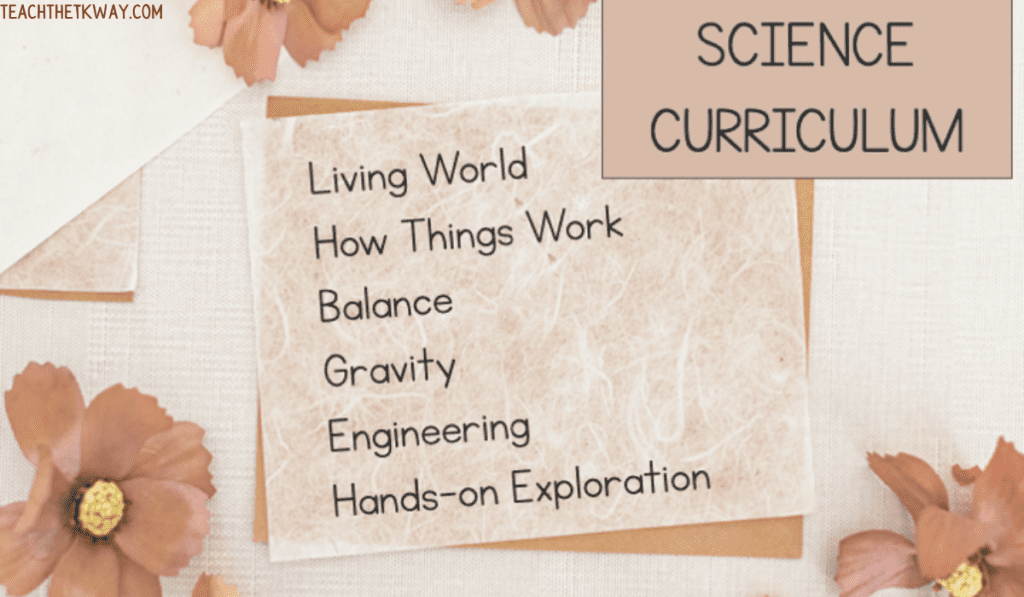
A hands-on science based curriculum is developed with students in mind. The activities help develop gross and fine motor skills as well as give sensory seekers a safe place to practice. I believe that children learn best when they have multiple senses engaged, and when they have meaningful experiences that they can connect with.
Morning Meeting (small group games)
I used to make children sit at circle time, all eyes on me for a few minutes to start, and then we would work up to 20-30 mins for “kinder readiness”. Made them count the calendar days, over and over and over. I used to take the children outside – only when we had time and the weather was nice. But those are topics for another day.
Instead, I began including games in morning meetings allowing teachers to see which students are able to practice and assimilate their academic skills. Use your morning meeting time to combine teamwork and communication skills to ultimately encourage community in the classroom.
Math
Math activities or provocations are one of the easiest to set up and literally take no additional manipulatives than what is already in your classroom.
- sand timers
- clocks
- numbers on rocks
- magnet numbers, metal cookie sheets (Dollar Tree)
- ten frames with small manipulatives
- counters (rocks, shells, sticks, etc.)
- rulers
- cooking timers
- dice and spinners
- mini erasers and number mats
- Books about math
Student Led Provocations (planning, curriculum mapping, documentation)
The set up for a provocation does not have to be labor-intensive or break the bank. As a result, teachers will typically have 90% of the needed materials for an amazing learning experience. The idea behind a provocation is to attract the children, offer beautiful authentic materials and deepen their level of understanding.
Hands-on Activities
I’m all about intentional learning, with little to no prep. As a result, you can take the stress out of hands-on activities with this list of 20+ ideas. Plus ideas for Fine and Gross Motor movement.
Fine Motor
- Make playdoh, measure the ingredients for math inspired lessons, as a result, you can use the dough for a sensory activity too
- Use the playdoh to create numbers and letters, 1-1 correspondence activities, and as a sensory play material
- Use scissors to cut strips of paper, attach paper together to make a chain. Measure items in your home/classroom using the chain. (Nonstandard measurement)
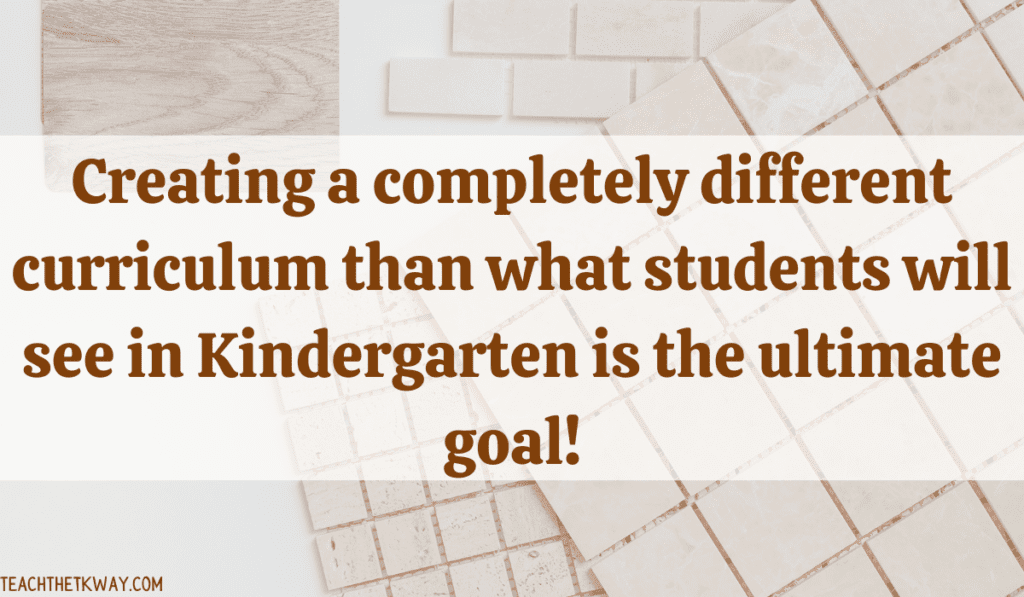
Loose Parts
Loose parts- which is basically any item that does not have a right or wrong way to use it, there is not one answer to its versatility, it is open-ended. The versatility of loose parts provides children with virtually endless ways to use materials.
- Buttons
- Corks
- Leaves
- Sticks
- Wood rounds
- Wooden pegs
- Rocks
- Blocks
- Mini erasers
- Popsicle sticks
- Feathers
- Pom-poms
- Nuts & Bolts
- Mirrors
- Bottle caps
- Gems
- Pine cones
- Seed pods
- Shower curtain rings
- Golf tees
- Magnets
- Legos
- Dice
Calm the Chaos and Visual Overwhelm (hygge)
I decided a pretty drastic change was in order as I began to see an increase in student behaviors over the years. Challenging behaviors immediately disappeared when I created a calm and neutral environment.
Environments are becoming part of the education system as the 3rd teacher. Reminiscent of Reggio, Montessori, and Waldorf philosophies, naturally inspired classrooms actually incorporate many of the key concepts found in old-world learning. And with challenging behaviors, at-risk classrooms, and specialty classes on the rise, natural classrooms NEED to become the norm in our country.
Intentional learning environments are created when we think of the students and teachers who grace the space during the design process. Rather than create a classroom environment that neer changes from year to year.
STEM
STEM activities, specifically characterized by science, technology, engineering, and mathematics, are not new to classrooms. Teachers have been applying STEM projects to the play-based curriculum for years. STEM activities are as easy as observing everything through the eyes of a child. The secret is to tap into the child’s natural and innate curiosity about the real world. Encourage children to ask questions and participate in hands-on activities.
Teacher Overhwlem (reignite your passion, reset your classroom, TK teacher concerns)
In addition to the growth and learning that takes place in the TK year, you will see your young students go from first-timers. Those leaving their parents to be confident, strong learners that develop socially, emotionally, and academically over the course of 180 short days.
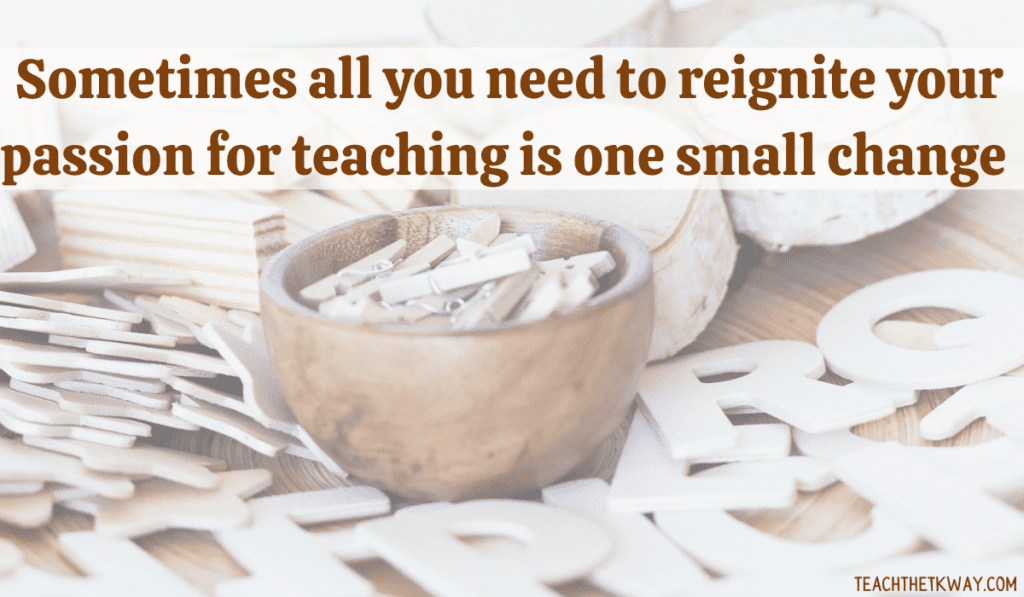
Bring back community, bring back relationships over everything else, we need for teachers to bring back fun and exciting activities in cozy workspaces, and most importantly bring back a love of learning for the sake of learning.
Technology (digital access)
Technology in the classroom looks more like a tool for data collection and less like a student activity. Children’s learning can be challenging to document, especially when the program fully embraces child-centered activities versus seat work. Children’s learning adventures should evolve with the students and families in the program.
There is so much talk about students not being exposed to technology in the classroom because they get it at home. If we are INTENTIONAL with our use, technology can be beneficial in the long run.
I have always felt that play-based pedagogy and digital learning did not mix. All of my classroom activities are still based on a nature based education curriculum; hands-on, real-world, play-based, and student-led experiences. As a result, I simply realized I could no longer share knowledge and experience with other educators strictly through pen and paper. It is more efficiently done as a digital teacher.
Nature Based Education Curriculum Materials List And Activity Guide
- Cart/wagon for outdoor learning
- Playdoh
- Bubbles
- Sticks
- Rocks
- Shells
- Golf pencils
- Moveable whiteboard
- Clipboards with paper
- Small chalkboards
- Chalk
- Notebooks
- Sensory bins
- Shovels
- Scoops
- Tape
- Magnifying glasses
- Paint
- Glue
- Manipulatives (legos, blocks, magnets)
Grab your FREE activity guide here: Nature Based Education Curriculum Activity Guide
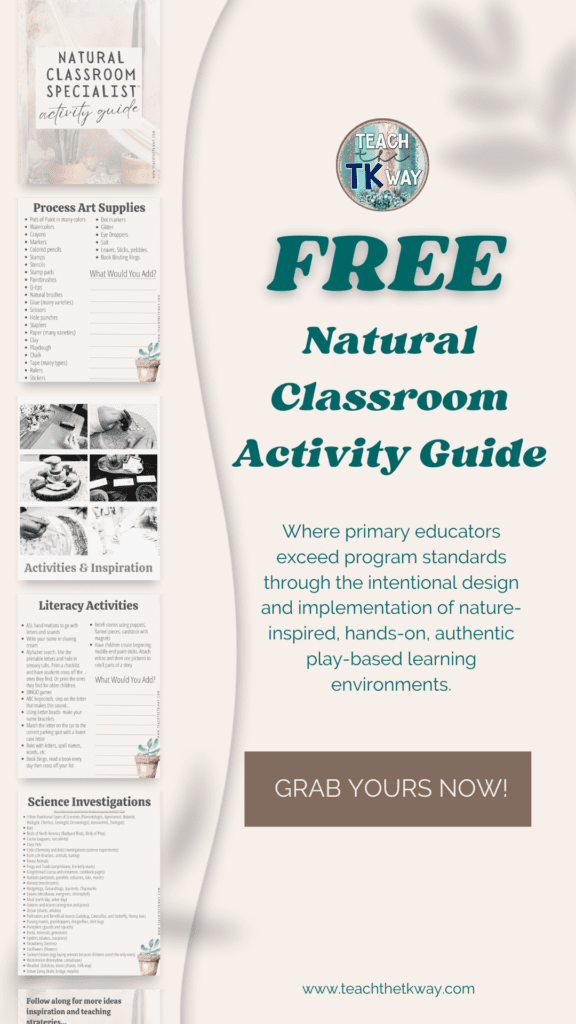



One Response
Nature-based education is such a wonderful approach to learning, and it’s amazing to see how it connects children with the environment! This curriculum can really help foster a sense of curiosity and wonder.